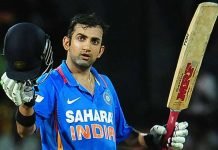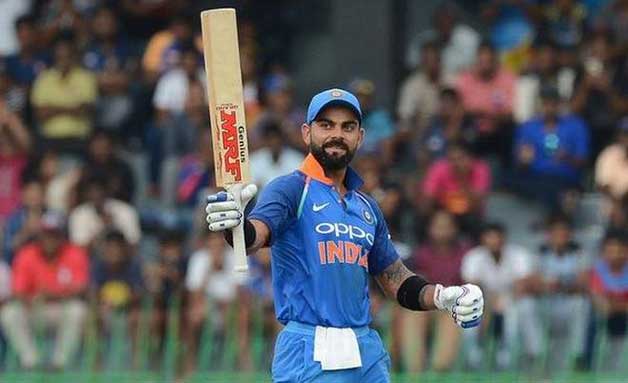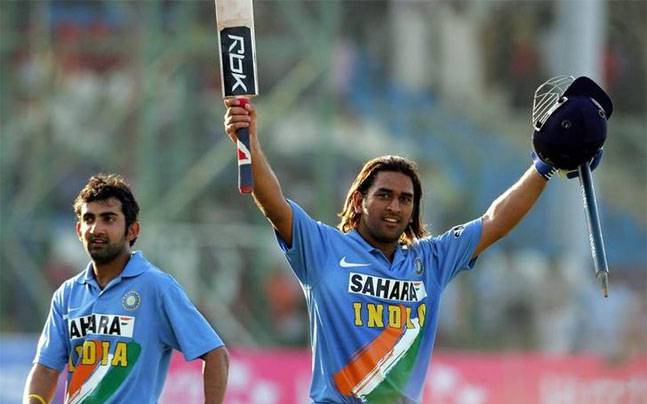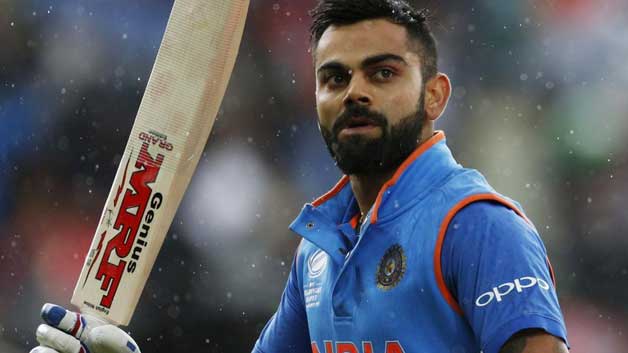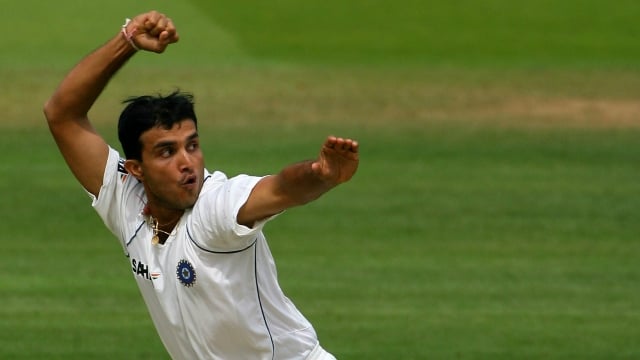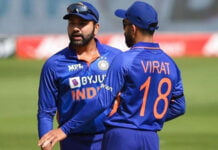New No Ball Playing Condition
What happens when a bowler disturbs the stumps at the non strikers end while delivering the ball? It is declared a dead ball as of now. But a new rule will make sure that the bowlers try not to disturb the stumps at all… many say bowlers like Steve Finn will love this new rule.
A new rule by the International Cricket Council (ICC) gives the umpires the power to call ‘no ball’ if and when a bowler disturbs the bails or stumps at the non striker’s end while trying to deliver the ball. The new no ball playing condition will be applicable in Tests, ODIs as well as T20s.
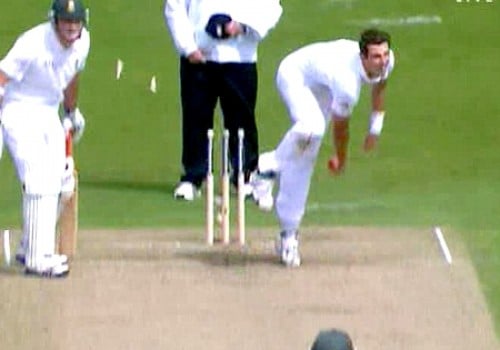
This means that bowlers will find it even more difficult to stay close to the wicket and hence deliver that strict wicket to wicket line. Now, the bowlers will have to make sure that they maintain their distance from the stumps and hence survive the ‘no ball’ call resulting from the new no ball playing condition.
ICC’s General Manager , Mr. Geoff Allardice was quoted saying, “The ICC has decided to introduce this playing condition five months prior to the MCC changing the ‘No ball’ Law because there is a lot of important cricket to be played before 1 October, including the ICC Champions Trophy in June.
New no ball playing condition – How It Effects The Game?
The new no ball playing condition will surely make it difficult for the bowlers as each bowler possesses a different action and when it comes to fast bowlers, it gets worse. The jump is a bit unplanned in most the cases and getting close to the stumps is something which all fast bowlers across the world learn while growing up. Now the whole process will have to be redone and bowlers across the world will have to focus on how to maintain a defined distance from the non striker’s stumps.
Failing to do so, will not only award the opposition with runs but also provide an extra delivery to them. Whether a free hit will be awarded or not, is not specified yet. Although, there are very little chances of a free hit being awarded for this new no ball playing condition.


